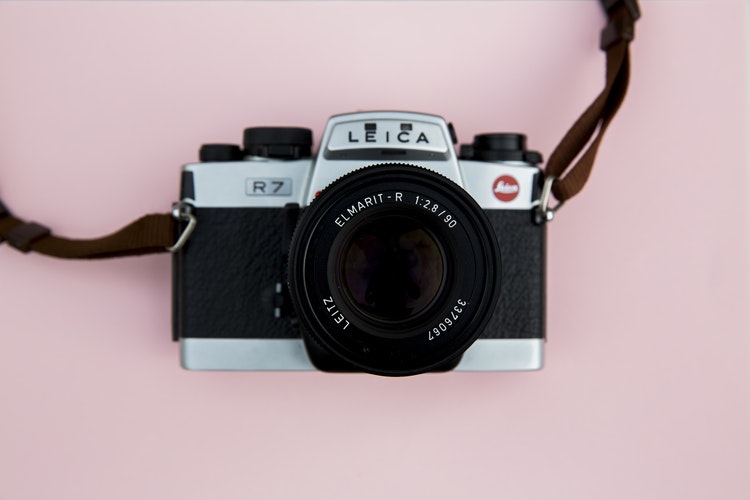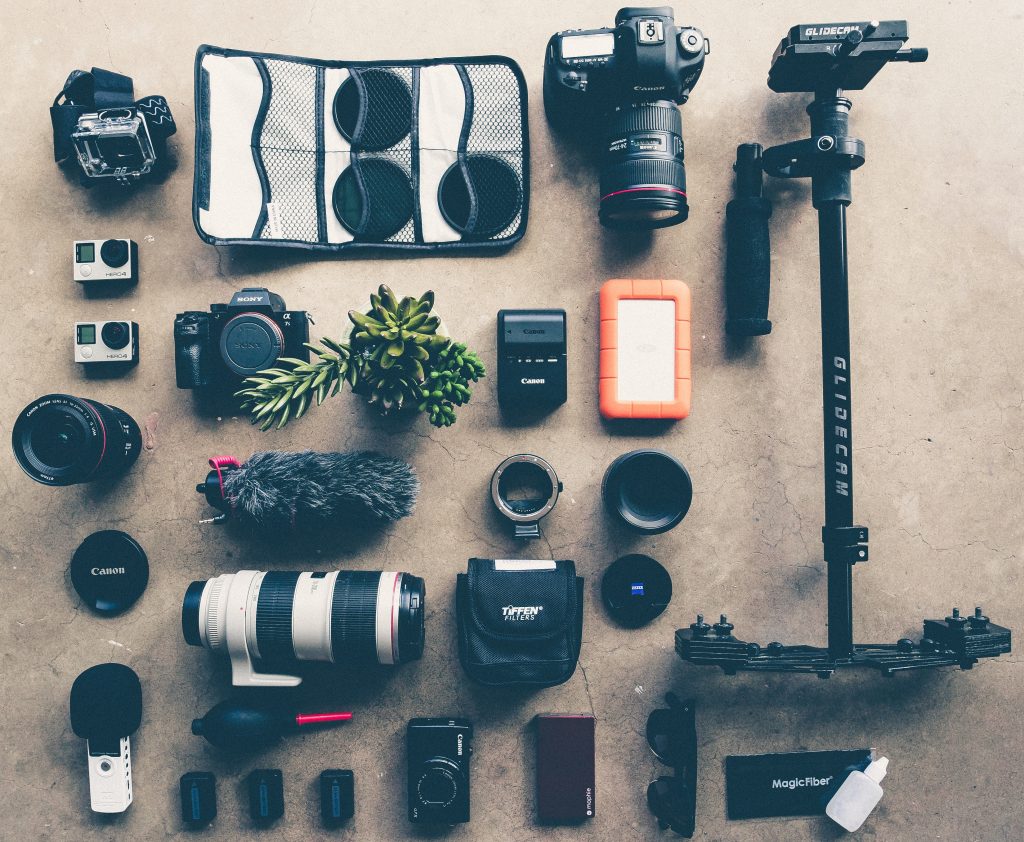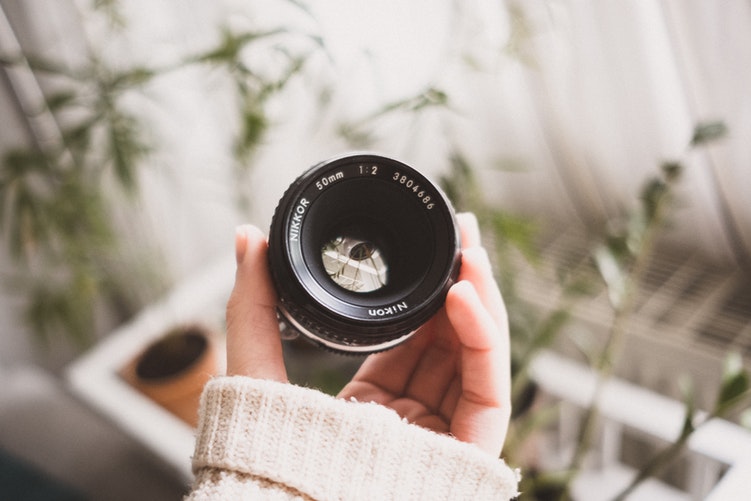The preparation, the packing, and the getting there; travelling can be a stressful old thing at the best of times. Add to this some heavy camera equipment, and you’ve got a recipe for a stress overload. Just trying to decide what gear to bring with you, getting your head around airlines regulations on batteries for your camera, and generally trying to keep everything within weight restrictions, can represent a huge obstacle to your sense of enthusiasm about the approaching adventure. With this in mind, we’ve teamed up with Clifton Cameras to advise you on what to bring, how to choose it and the best way to keep it all safe and sound. So here’s 4 IDEAL tips for flying with camera gear.
WHAT TO PACK
There is so much that you can pack when you’re aiming to take countless high-quality photos while travelling. And in this Insta-obsessed age, the emphasis on getting that great snap is larger than ever. If you’re limited when it comes to travel space, you may not be able to take everything you’d like to. What’s more, lugging it all around will be a massive pain; likely to sap your enthusiasm for actually having the patience to capture some amazing snaps. So, here are two checklists – one with the essential items that you shouldn’t leave home without, and the other offering the ideal extras, for those times when you find you have a little more luggage space to spare:
THE ESSENTIAL CHECKLIST
- Camera (obviously)
- All-purpose zoom lens
- Wide- aperture prime lens
- Batteries and charger
- Memory cards
- Polarizer filtre
- ND filter
- Tripod
- Microfibre cloths
- Camera bag and rain cover
IDEAL EXTRAS
- Laptop
- Portable backup drive
- Care reader
- USB cables
- Filter System
- Drone
CHECK WHAT ELECTRONIC DEVICES YOUR AIRLINE ALLOWS
Board a plane in the UK and, as we all know, you’ll be faced with restrictions on what you can take onboard. Moreover, the types of electronic devices you can take onto a flight will differ from one country to the next, as well being airline dependent, so double check beforehand what you can and can’t bring. Also, ensure any electronic devices are charged ahead of travelling. If a device is unable to switch on when requested by security, you may be unable to take it.
Some airlines are pretty strict on the equipment you can bring in your hand luggage. Usually, up to two spare batteries for portable devices which contain lithium ion batteries exceeding a Watt-hour rating of 100 WH (not above 160 Wh) can be taken onboard with you. They cannot be put into the hold luggage and the devices themselves must remain switched off during the flight. Likewise, batteries for devices which contain lithium metal or lithium cells can also be put into hand luggage. And again, they can’t be put into the hood. Devices powered by fuel cells are only permitted to be carried in hand luggage or on one’s person, they cannot be placed in hold luggage.
INVEST IN A PROPER CAMERA BAG
A quality camera bag is one of life’s worthwhile investment for any photographer. Indeed, the use of a dedicated camera bag, with all the right compartments will be your saviour when travelling with all your photography equipment. Not only will your cameras and lenses be well padded and nicely organised, it will save your back a whole lotta strain while running through airports.
INSURE YOUR EQUIPMENT
If possible, it’s best not to pack your valuable, fragile equipment into checked luggage. Just imagine if it gets damaged or worse; goes missing. That’s not only expensive equipment difficult to retrieve, but a danger of losing those all important photos, too. However, if your bag does get checked beyond your control make sure all your camera equipment is insured, as often a standard content policy won’t cover these items. Also, back up any photos you may already have on your device.









